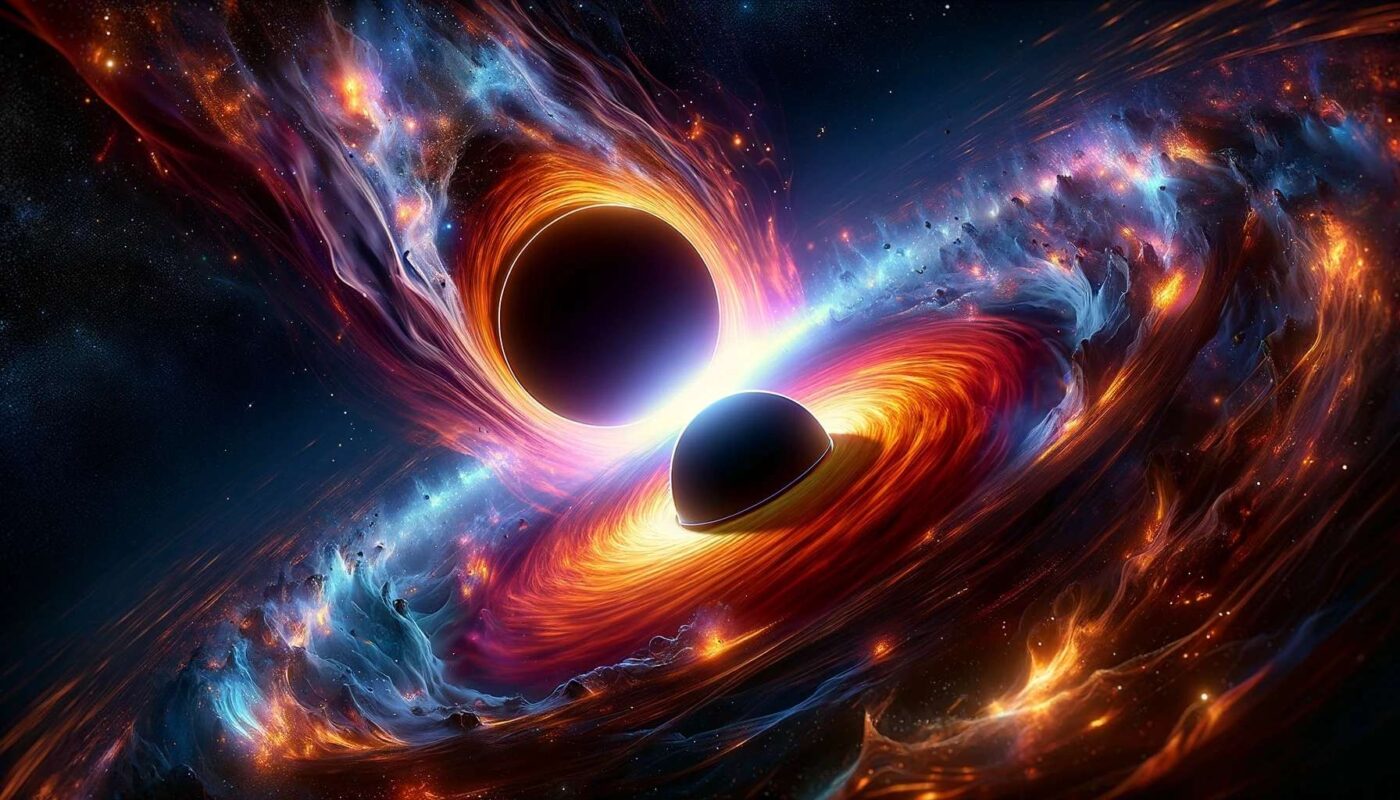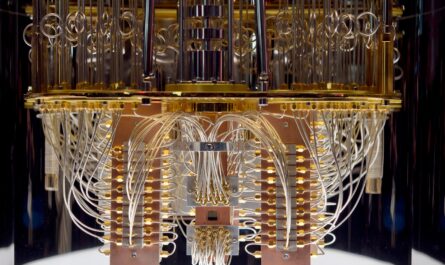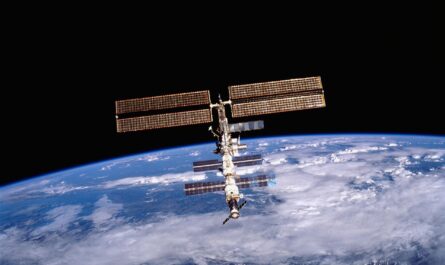In our Universe, collisions between black towers are not that rare. But the one that astronomers have just observed is not quite like the others. Because it takes place at the dawn of time. At a time when it is difficult to even imagine that supermassive black holes could exist!
Our Universe is immense. But sometimes cosmic objects collide. It’s even quite common. Including black holes. Over the past ten years, interferometers LigoLigo And VirgoVirgo thus detected around a hundred. Today, it is thanks to the data sent back by the James-Webb space telescope that an international team ofastronomersastronomers was able to observe a collision in progress between two supermassive black holes. A somewhat unusual collision because it took place when the Universe was no more than 740 million years old. Which makes it the most distant ever detected.
Black holes tens of millions of times the mass of our Sun
“We found evidence of the presence of a very dense gas with movementsmovements rapids near the black hole, as well as a hot and highly ionized gas illuminated by the energetic radiation generally produced by black holes during their episodes ofaccretionaccretionsays Hannah Übler, astronomer at the University of Cambridge (United Kingdom), in a press release from the European Space Agency (ESAESA). Thanks to the unprecedented sharpness of the images recorded by the James Webb Space Telescope, we were able to spatially separate the two black holes.”
The system is known as ZS7. Her massmass stellar is of the order of that of our galaxygalaxy neighbor, the Large Magellanic CloudLarge Magellanic Cloud. And astronomers are telling us today that it is actually made up of two black holes with a mass probably around 50 million times that of the SunSun each.
Supermassive black hole collisions and galaxy evolution
Remember that researchers now know that supermassive black holes of this type are hidden in most massive galaxies in the local Universe. Including in our Galaxy, the Milky Way. And they believe that these black holes had a major impact on the evolution of these galaxies. However, they still don’t really understand how these objects became so massive. Especially since discovering such black holes already in place during the first billion years after the big Bangbig Bang indicates that their growth must have occurred very quickly.
The results obtained here using the James-Webb Space Telescope confirm the role of massive black holes in the evolution of galaxies. They also suggest that the collision then the mergermerger of black holes are an important pathway by which these massive objects can grow rapidly, even atdawndawn of the universe.
Gravitational waves after black hole mergers
After the collision, once the two massive black holes merge, they will generate gravitational wavesgravitational waves which could be detected by the next generation of interferometers like the mission Laser Interferometer Space Antenna (LisaLisa). This has just been approved by the ESA and will be the first space observatory dedicated to the study of gravitational waves. And given this latest discovery, the researchers believe it could detect many more relatively light black hole mergers than they previously thought.
In the meantime, astronomers will continue to use the James Webb Space Telescope to study in detail the relationship between supermassive black holes and their host galaxies during the first billion years of the Universe. They will attempt to systematically characterize black hole mergers to determine the speedspeed at which they occurred in the first cosmic epochs and evaluate in particular their role in the early growth of black holes.



